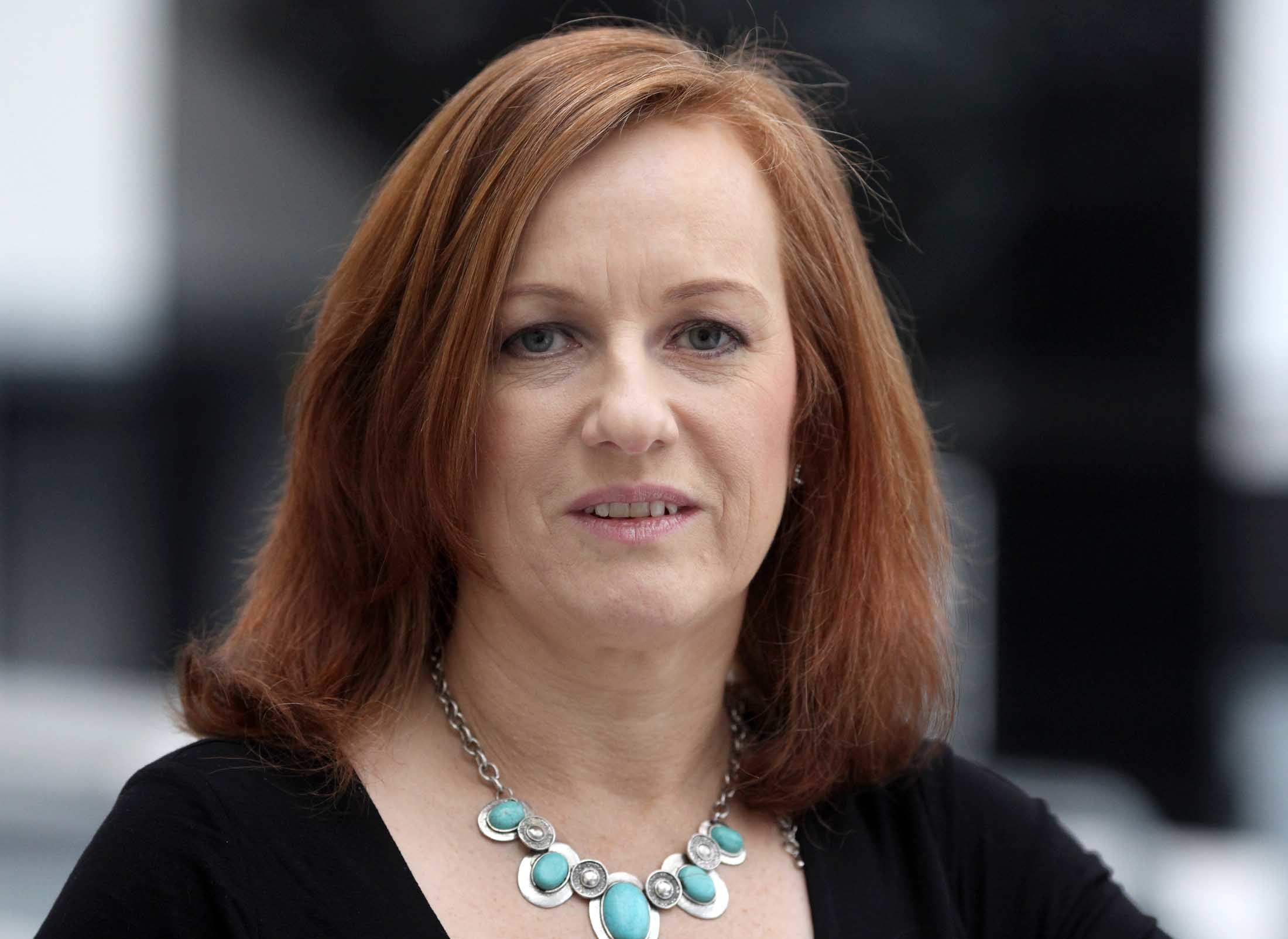
Dissent is more common at Westminster than Holyrood where the constitutional stakes are too high and the numbers too tight.
So last week’s rebellion by nine SNP MSPs at stage one of the Gender Recognition Reform Bill was extraordinary, as Ash Regan became the only minister to resign on a point of principle in 12 years of SNP government. This bravery is admirable.
The SNP manifesto in 2021 said the government would “simplify the process” of gender recognition. It did not commit to “self-identification” of sex.
The UK wide Gender Recognition Act of 2004 allowed people to change the sex on their birth certificate by obtaining a Gender Recognition Certificate. It was designed to help transsexuals, though surgery was not mandatory. Today most male to female transitioners have no surgery and retain male genitalia.
To get a Gender Recognition Certificate, you do currently need a medical diagnosis of gender dysphoria and the application is scrutinised by a panel of experts. The Scottish bill drops the panel and the medical diagnosis. Applicants need only show they have “lived in the acquired gender” for three months, although the government has never defined “acquired gender”. If it means clothes, hairstyles or make-up, that is deeply sexist. If not, what is it?
The bill is now at stage two, when it can be amended – an opportunity for its opponents to highlight – and hopefully fix – its most damaging aspects.
The first minister says it is “abusive men, not trans women” who are a danger to women. That soundbite appeals to every young person with a lovely, gender non-conforming friend who wouldn’t hurt a fly. But the bill doesn’t just apply to lovely people. The rebels should seek to amend it to exclude certain groups from accessing Gender Recognition – anyone on the sex offenders register at the very least. The government also says the single-sex protections in the Equality Act 2010 will not be affected, so the bill should be amended to state this clearly.
The possession of a Gender Recognition Certificate confers privacy protections, so it is very difficult to enforce single-sex protections. Amendments should look to address this.
The bill also says anyone making a “false declaration” in order to change legal sex could be prosecuted but fails to explain how this will be assessed. If “acquired gender” has no definition, how can someone lie about living in it? Amendments should strive for clarity on this point.
They should also seek to exclude 16 and 17 year olds, something the government previously agreed, but changed after entering coalition with the Greens.
The expert Cass review into paediatric gender identity services in England’s NHS has published an interim report saying there is not enough safeguarding. The Scottish Government argues this bill has nothing to do with medical transition, but having the state sanction self-declaration without diagnosis sends an unhelpful message to confused children. There is a growing and heart-breaking group of “detransitioners,” mainly young women who did not conform to gender stereotypes. Many are gay, which is why feminists believe gender identity ideology is homophobic, as well as sexist and regressive, suggesting personality traits and preferences are male or female. That would seem to be a belief held by people at the top of government.
By focusing on amending this bill, the rebels will expose its shortcomings, and could increase their numbers in the process if the government refuses to listen.

Enjoy the convenience of having The Sunday Post delivered as a digital ePaper straight to your smartphone, tablet or computer.
Subscribe for only £5.49 a month and enjoy all the benefits of the printed paper as a digital replica.
Subscribe